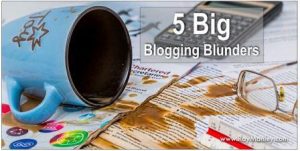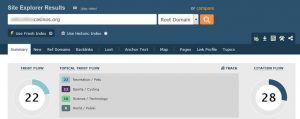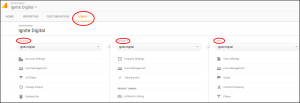 With consumer attention becoming more and more difficult to command, and engagement proving to be the new standard for conversion, gamification is worth considering for any B2C business hungry to foster growth and a community where customers congregate.
With consumer attention becoming more and more difficult to command, and engagement proving to be the new standard for conversion, gamification is worth considering for any B2C business hungry to foster growth and a community where customers congregate.
When a site or mobile application is gamified, users spend more time interacting with the brand and consequently promote it and its content. Additionally, a company will have more of an opportunity to incentivize customer behaviors that are most closely aligned with business objectives. Not to mention, as customers are rewarded for certain behaviors, brand loyalty tends to develop.
But there is a commonly overlooked benefit associated with the increase in engagement due to gamification: as users spend more time interacting with a company’s website or mobile app, the organization has more of an opportunity to collect permission-based information about these users and build out rich, actionable customer profiles.
 Getting More Data with Gamification
Getting More Data with Gamification
Most gamification and loyalty programs require users to register with valid email addresses or social media profiles to get started. From there, a brand can gather data on its users and monitor their behaviors while they interact and engage across platforms.
With every action they take, customers are actively and willingly telling the company about themselves. This is valuable first-party data! A business can associate every click, point gathered, badge won, or achievement earned to a specific user, building identities behind these formerly anonymous users.
Not only is there an opportunity to collect more data, but the data collected is also more accurate: 51% of consumers agree that if a layer of competition were added to everyday activities, they would pay more attention to their behaviors and actions (JWIntelligence). This means that when customers participate in loyalty programs and gamified environments, their actions are particularly meaningful, supplying businesses with high quality insight.
These detailed customer profiles translate into valuable insights for companies and can help guide future marketing campaigns. Brands can even use the information they collect via loyalty programs to see which gamified activities motivate customers to convert, and further incentivize these actions.
Using Gamification as a Lead Scoring Method
Part of understanding customer identity is knowing where along the conversion funnel a user sits. Any successful B2B company will tell you that the way they measure a potential or current customer’s status within the conversion funnel is by using a lead scoring system. This lead scoring system is, essentially, a form of gamification: scores are assigned to leads based on particular interactions to rank where they sit along the path to conversion.
Even though B2C and B2B companies ultimately have the same objective – increasing revenue – B2C companies deal with larger volumes of customers with highly independent and often automated paths to conversion. This leads to a disregard for traditional lead scoring altogether in favor of tracking arbitrary page-level metrics.
However, B2C companies can also use a lead scoring strategy to track the engagement levels of their customers with gamification. By assigning values to particular customer interactions, just like in B2B lead scoring, B2C brands can better gauge how likely an individual customer is to convert.
For example, imagine a publisher assigns ten points for every article shared and five points for every comment left. It is then easy to determine that a user with a score of 100 points is more engaged (and more likely to subscribe to premium content) than someone with a score of 50 points. On the same note, if 80% of shoppers who share products on an eCommerce company’s website go on to make a purchase, then a high score/value can be assigned to that action to help better measure customers’ likelihood to convert.
Gamification has proven itself to be a key means of collecting first-party data to create more accurate customer profiles and measure user engagement and loyalty. To learn more, RSVP for our upcoming webinar, “Building Customer Profiles through Loyalty Programs.”
Digital & Social Articles on Business 2 Community(103)
Report Post






